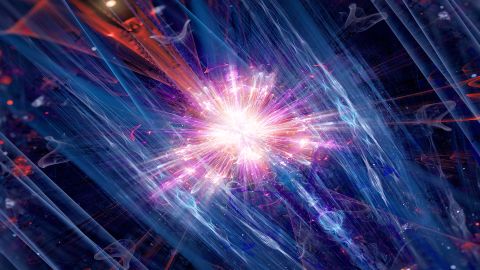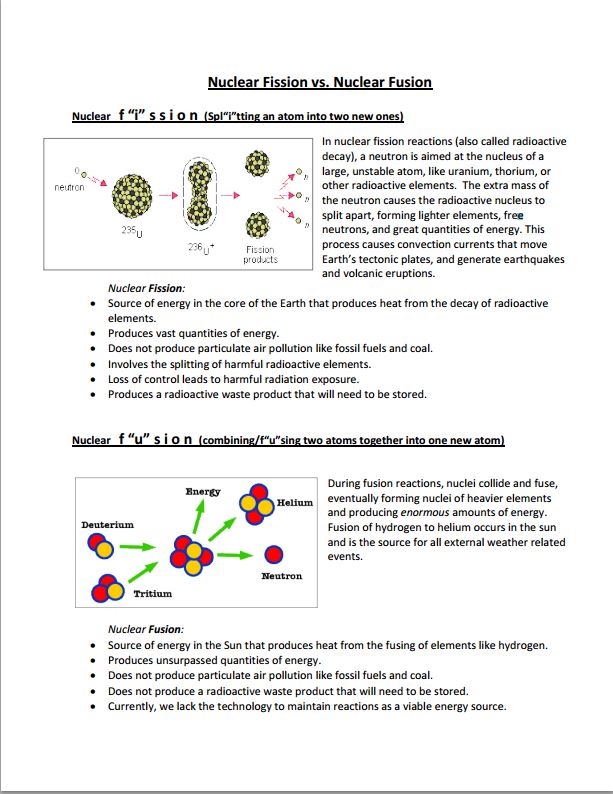
Uranium-238 ("tamper") lined with beryllium reflector.Earlier this year, it sustained a nuclear fusion reaction for more than 17 minutes, breaking the record for the longest reaction. Meanwhile, China is working on its own fusion project known as the Experimental Advanced Superconducting Tokamak (EAST). Other Australian participants include the ANU, University of Sydney, Curtin University, University of Newcastle, University of Wollongong and Macquarie University. "ITER has a goal of demonstrating break-even in the early 2030s," Professor Baldwin said. Unlike the Livermore National Laboratory's experiment, the ITER reactor uses the toroidal technique. Thirty-five nations are collaborating to build and operate the ITER Tokamak experimental fusion reactor in southern France. In 2016, Australia's nuclear agency ANTSO signed a cooperation agreement with the ITER international nuclear fusion energy organisation that's building what has been described as the world's biggest experiment. Yes, Australia is working with an international coalition of countries and institutions researching fusion energy. The ITER has been described as the most complex machine ever made. "It is an impressive technological feat," Professor Hole said. It's definitely a breakthrough for science, but it's still a long way off being a viable source of renewable energy.

This method, known as toroidal magnetic confinement, was used by teams in the UK and Europe last year to produce 52 megajoules of energy for five seconds – a record for the amount of energy extracted from nuclear fusion, although the result fell short of net energy gain.
Instant egg head fusion vs fission series#
Unlike the laser method, which essentially creates a series of explosions, a tokamak keeps the plasma under continual pressure so the reaction is sustained. The other technique confines deuterium and tritium under extreme heat – hundreds of millions of degrees – in a magnetic field in a donut-shaped vessel called a tokamak. Yes! The laser technique the US team used is one of two major methods to produce fusion. ( Supplied: NIF) Are there other ways to create fusion? The experiment was conducted by US government scientists at the Lawrence Livermore National Laboratory.


That's roughly equivalent to boiling a jug for 20 minutes. "Assuming the entire energy yield can be harnessed, then it would produce 875 W/hr, just shy of 1kW hr," Professor Hole said. The latest experiments ramped up the energy output to 3.15 megajoules, which is more than the 2.05 megajoules of energy delivered by the lasers. Using pressure to ignite an explosion - a technique known as inertial confinement - isn't new the same process occurs in hydrogen bombs, he said.Įarlier this year, the US team reported they'd been able to create 170 kilojoules of energy - the equivalent energy of 9-volt batteries – and reach a point where it self heated, kicking off more fusion reactions. "You fire the lasers, they heat up the target, the target explodes and it is gone," said Matthew Hole, a physicist at the Australian National University (ANU) who is working on other fusion experiments. Nuclei from deuterium and tritium in the plasma soup then fuse together, giving off relatively huge amounts of energy. Heat and pressure generated from the lasers compresses the isotopes until they overcome their mutual electrical repulsion by stripping off electrons. The cylinder, which contains the fusion fuel capsule, is just a few millimetres wide, about the size of a pencil eraser. The process releases millions of times more energy than burning coal, oil or gas, and about four times as much as nuclear fission reactions (at equal mass of fuel). The process of fission has been commercially viable for decades and is used in conventional nuclear power plants to generate about 10 per cent of the world's power.Įnergy is created by splitting a big, heavy atom like uranium, which also produces radioactive waste.įusion fuses lighter elements such as hydrogen together to produce a heavier element. There are two types of nuclear energy: fission and fusion. So how did they do it, and are we much closer to fusion energy being a viable source of abundant, clean and reliable power? What is fusion energy? Now, scientists from the Lawrence Livermore National Laboratory near San Francisco say they've achieved "net energy gain" for the first time. It's being hailed as a "breakthrough", but how significant is the announcement?įor decades, scientists have tried to harness fusion energy, which is the process of making energy using the same phenomenon that powers the Sun.Īmong other issues, they've been unable to do so in a way that generated more energy than was expended.


 0 kommentar(er)
0 kommentar(er)
